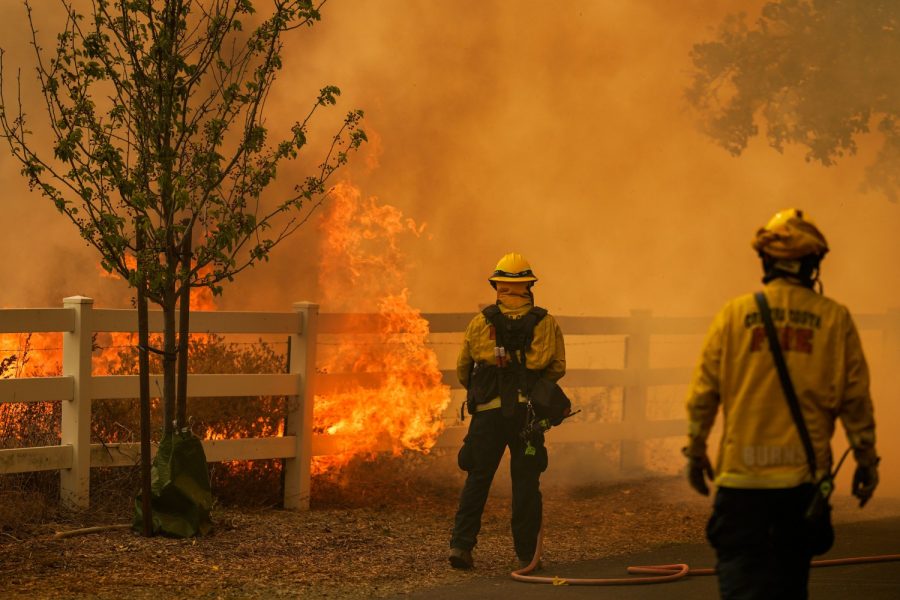With wildfires spreading throughout California, it is important to be prepared in the event that they spread here.
Unfortunately, COVID-19 is something that we must keep in mind when preparing for a wildfire. According to readyforwildfire.org, “ If you do need to evacuate and plan to stay with friends or relatives, ask first if they have symptoms of COVID-19 or have people in their home at higher risk for serious illness. If that is the case, make other arrangements.”
There are many steps one must take in order to prepare for a wildfire. The following are a few steps to help you prepare as mentioned by readyforwildfire.org and the American Red Cross.
Making an evacuation plan ahead of time is an important way to prepare. When making a plan, recognize the needs of your household. Keep children, seniors, and those with disabilities in mind.
If you have pets, create a plan for them as well. Decide whether you will be taking them to a shelter or bringing them with you. Know where you will leave them if you do choose to take them to a shelter.
If possible, make transportation plans ahead of time. If you are depending on others for transportation, make sure you know how things will take place if you were ever to evacuate. If you are your own transportation, make sure your car is fueled up and ready to go at any moment’s notice.
Another helpful tip is to recognize and familiarize yourself with escape routes in your home and community. This will help if the possibility of evacuation ever arises. Make sure your friends and family who live in the same area are informed on this as well.
It is also crucial that you create a communication plan with your family and friends. Ask a friend or relative who will not be affected by the wildfire to be your main source of contact and communication. By having this emergency contact, they can check in with those who evacuated, update their current status, and make sure everyone is safe. This allows everyone to focus on themselves and call said contact to check in on others.
Put together an emergency evacuation bag and have it ready in your car. It is recommended that you put together one bag for each person in your household and a separate bag for any pets.
The emergency evacuation bag should contain three days worth of food and water, flashlights, batteries, phone chargers, prescriptions and medicine, extra clothing, important documents, a first aid kit, a cloth mask, and if possible, an N-95 mask. Cloth masks do not keep you safe from wildfire smoke, but they do prevent COVID. N-95 masks will protect you from inhaling harmful wildfire smoke, however, they are currently in short supply due to COVID-19.
A pet’s bag should include pet food and water, food and water bowls, and pet care supplies such as a pet first aid kit, leashes, blankets, litter and litter boxes, and medication.
To ensure that nothing is forgotten when creating your evacuation plan, keep the six “P’s” in mind. According to readyforwildfire.org, this includes:
- People and pets
- Papers, phone numbers, and important documents
- Prescriptions, vitamins, and eyeglasses
- Pictures and irreplaceable memorabilia
- Personal computer hard drive and disks
- “Plastic” (credit cards, ATM cards) and cash
Make sure to keep an eye on conditions near your area and check for any updates to best prepare. Fortunately, San Diego County provides lots of resources to do so.
You can sign up to receive San Diego County emergency updates using your phone number or email here. These updates are also offered in American Sign Language for those who are deaf or hard of hearing.
San Diego County has also created an app for more tips on how to be prepared. It allows you to create checklists and provides interactive maps, shelter locations, and emergency updates. This app can be found here. An up-to-date wildfire hazard map of San Diego County can be found here.
More information on wildfire preparedness can be found here.




